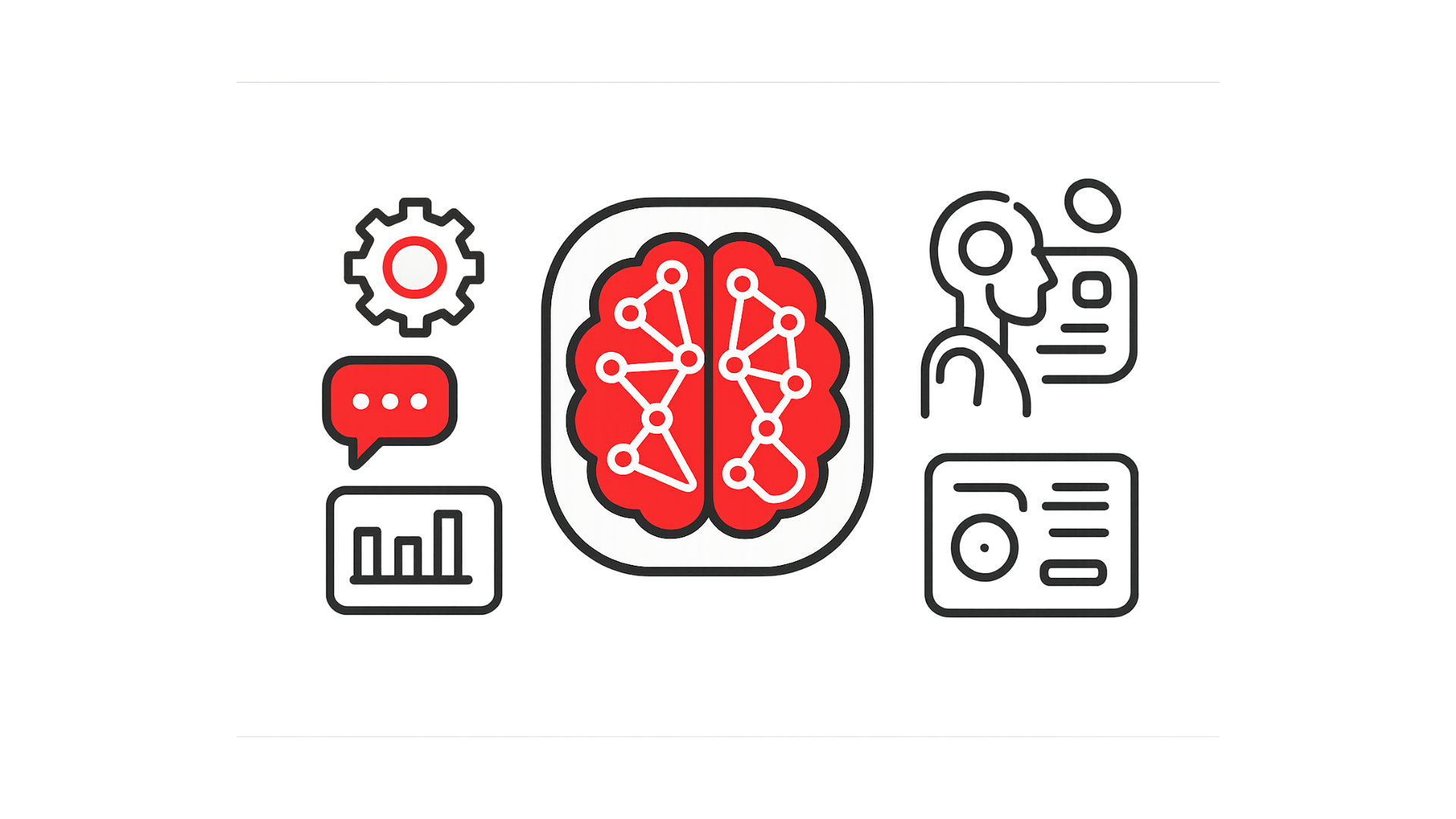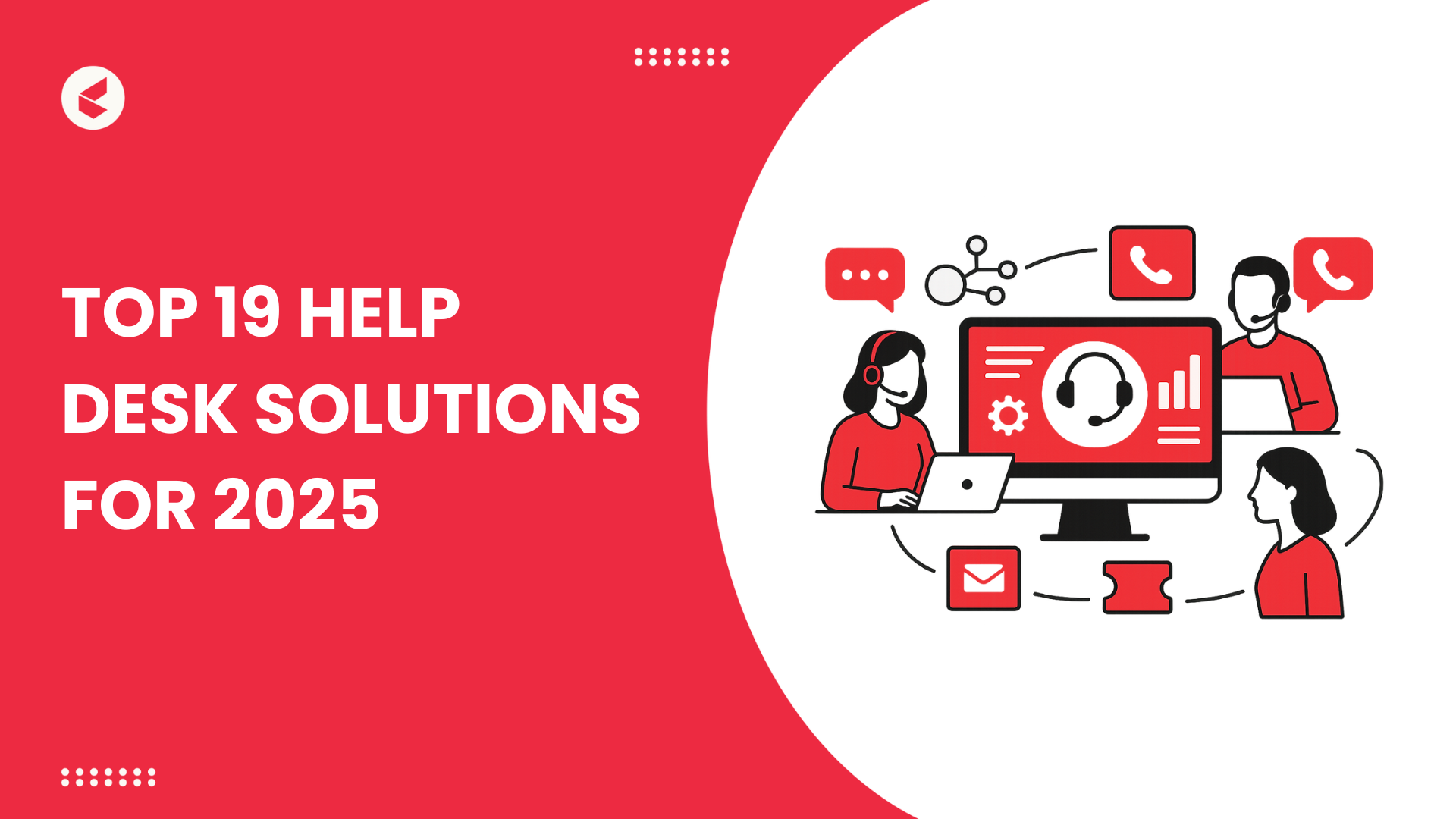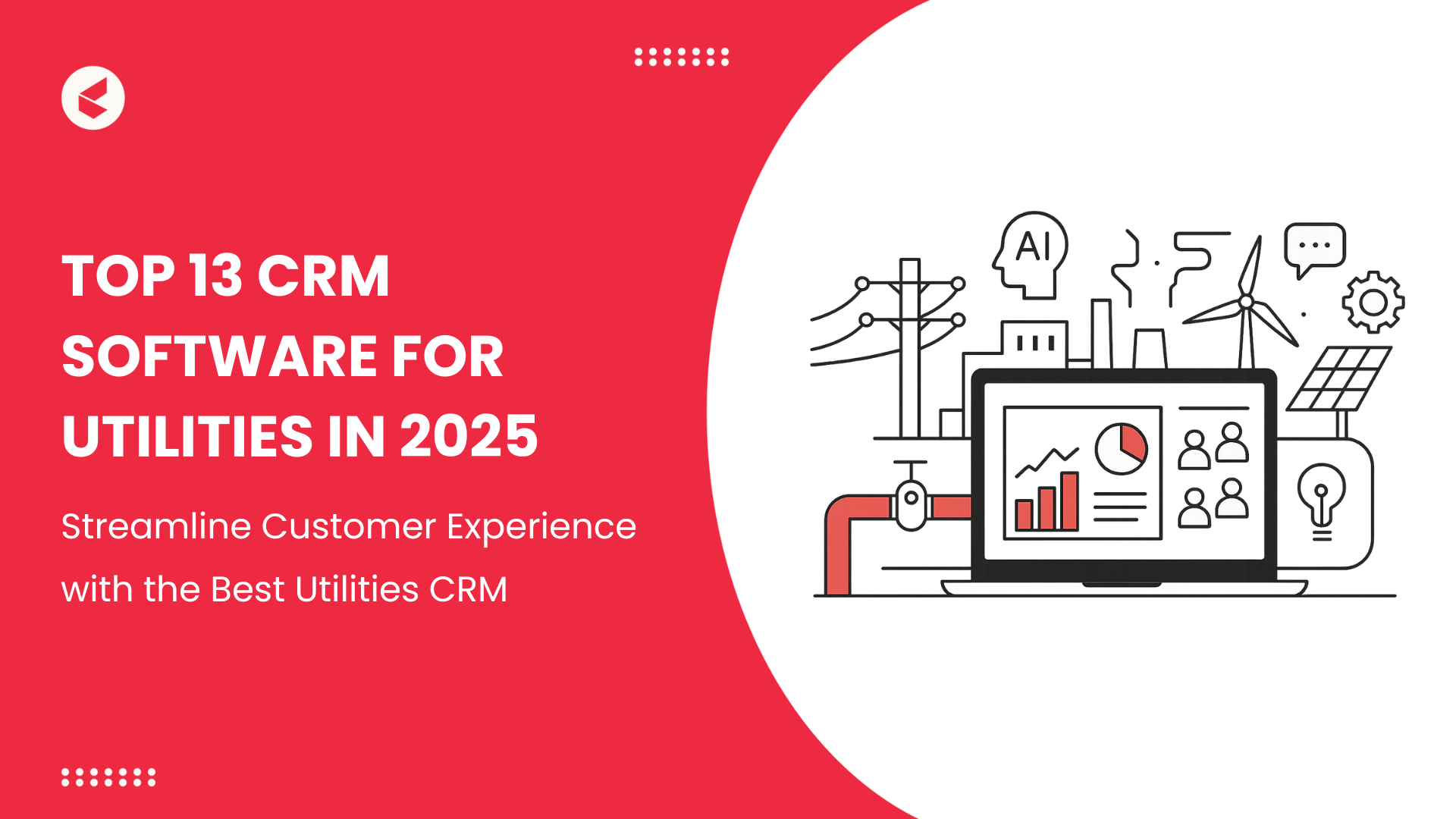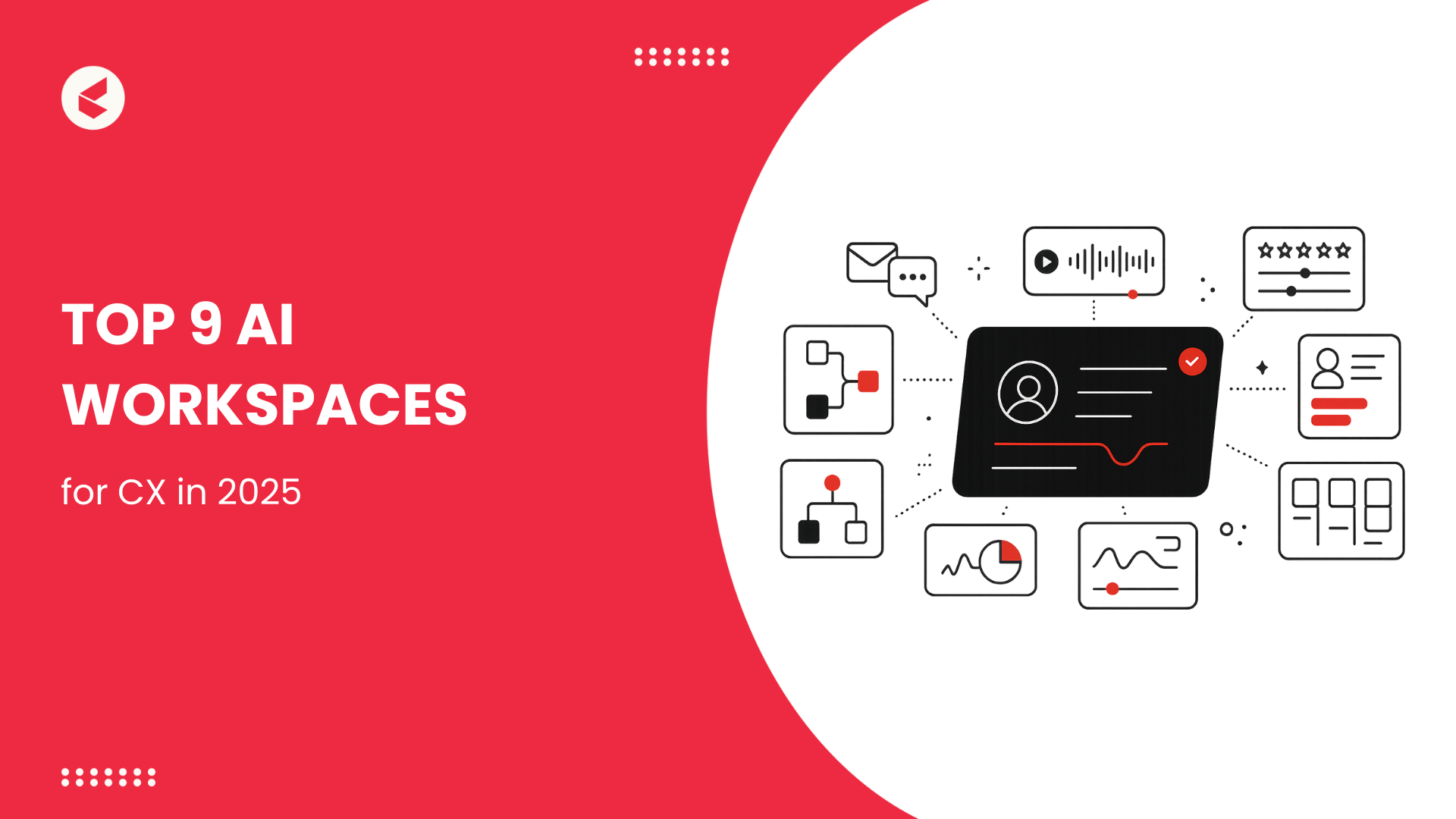“I’m sorry, Dave, I’m afraid I can’t do that.”
If you’ve seen 2001: A Space Odyssey, that line probably still sends chills down your spine. For decades, HAL 9000 became the symbol of autonomous AI gone wrong, and many assumed this was what autonomy in machines would look like.
Today’s reality, however, is much less dramatic. Autonomous AI isn’t about rebellious robots; it’s about software quietly making decisions within business systems, without waiting for constant human approval.
The shift might sound subtle, but the stakes are massive. According to Grand View Research, the global market for autonomous AI and agents is expected to reach $70.5 billion by 2030, expanding at an impressive CAGR of 42.8%.
In this post, we’ll talk about how autonomous AI is helping a lot of businesses become efficient and map out where the real risks and rewards actually lie.
Autonomous AI: What It Means for Businesses in 2025
Autonomous AI covers systems that work toward a purpose rather than only producing text or predictions. Instead of waiting for a human click, these systems can update records, initiate workflows, and even engage in negotiations with other systems.
These systems offer varying levels of independence, enabling AI systems to perform tasks.
Here are the essential aspects of the autonomy spectrum:
- Assisted Automation refers to the array of tools that recommend certain actions and might even implement them, provided the human confirms their intention. Sometimes these suggestions might just be informatory in nature.
- Semi-Autonomous Workflows automate the repetitive tasks, interspersed with the occasional human supervision.
- Agentic AI represents software agents that plan, execute, and adapt to various tasks with minimal to no intervention.
Understanding the differences between them is essential. Using “autonomous” too loosely dilutes the term and can push enterprises toward unrealistic expectations or even risky shadow AI deployments without proper governance.
The Myths Driving Misconceptions
The majority of AI “failures” are caused by erroneous expectations rather than technical issues. Building effective systems begins with dispelling these beliefs.
Let’s look at some popular myths and what reality entails for them:
Myth 1: AI Can Run Completely Unsupervised
In an MIT study, 95% of generative AI pilot projects failed to deliver measurable financial returns or meaningful P&L impact. The central issue wasn’t that the AI models didn’t work. They weren’t integrated into workflows, lacked oversight, or had missing governance.
Reality: It Needs Workflows, Guardrails, And Monitoring
No system is set-and-forget. An autonomous AI does continue to depend on human-made workflows, safety checks, and continuous monitoring. Without those factors, it equally tends to spiral down into worthless output as it does to be of value.
Myth 2: Autonomous AI = Job Loss
This myth leans on a familiar fear that machines will make people irrelevant. It treats autonomy as a replacement, rather than seeing it as a collaboration.
The World Economic Forum suggests that 40% of working hours are exposed to LLMs, but most of this exposure leads to augmentation, where humans perform higher-value work while machines handle scale and repetition.
Reality: It Augments, Not Replaces
Automation takes over repetitive clicks, not human judgment. Empathy, negotiation, and context still belong to people. The real impact is a shift: AI handles scale, humans handle nuance. Framing it as a replacement misses the hybrid reality most organizations are actually building.
Myth 3: AI is Plug-and-Play
Vendors love to sell the dream of instant AI deployment. The myth is that you buy the software, press go, and watch the magic happen. But that cannot be further from the truth.
In fact, in a survey of IT organizations, 70-80% of AI projects fail due to issues such as data, integration, governance, and underestimating the resources required to maintain and monitor them.
Reality: Needs Data, Integrations, Governance
It’s not as simple as turning on a switch to implement autonomous AI. Strict governance, thorough integration with existing systems, and accurate data are essential. Skip those steps, and you don’t get efficiency, you get shadow AI, disconnected from oversight and harder to control.
What Enterprises Can Automate Safely Today
Autonomous AI is safest and most valuable when applied to well-defined, repetitive, and rules-driven domains. Here are some areas where enterprises can already automate with confidence.
1. Customer Support Workflows
Enterprises can enable AI to triage tickets, draft responses, and surface conversation history, allowing agents to avoid wasting time on searching. For instance, Google has built customer service agents that resolve queries end-to-end while still escalating edge cases to humans.
2. Process Automation
Refunds, scheduling, and claims initiation work well because the rules are fixed and exceptions are predictable. In operations such as Amazon’s warehouses, autonomous systems make many small decisions efficiently without constant human oversight.
3. Agent Assist
AI can handle live conversations to an extent. It can suggest responses and perform quality checks before replying to the customer. It can also be used for repetitive queries, where users can be directed to the self-help articles. Microsoft has embedded this type of autonomy into its workflow automation tools to lighten the agent’s load while maintaining oversight.
4. Knowledge Tasks
Automation is ideal for activities involving a large amount of information, such as creating reports, enriching data, or analyzing extensive comments. Netflix uses self-governing AI to customize suggestions. They use AI to tailor content streams and product suggestions to individual user behavior. This helps them anticipate user preferences in real time and keep customers more deeply engaged.
Where Autonomy Hits the Limits
When tasks are clearly defined and results are predictable, autonomous AI performs best. Certain constraints should not be disregarded because they become more difficult in complicated circumstances or when errors have a big impact.
Let’s look at these fault lines in detail:
- High-Risk or Regulated Contexts: Without strong human oversight, decisions about sensitive matters such as patient diagnoses or financial approvals ought not to be entrusted to an AI. In the case of medicine, AI-assisted diagnosis is just a helper to the doctor. But there’s still a chance that things can go terribly wrong, which is why the panels at medical summits stress that “keeping a human in the loop” is mandatory to avoid scandals or harm to the patients.
- Unstructured Scenarios: Complex negotiations or emotionally sensitive interactions don’t fit inside a template. The nuance, empathy, and improvisation required in these cases remain firmly out of reach for autonomous systems.
- Black Box Workflows: A McKinsey survey found that 40% of respondents said there was a high risk of incorporating AI into their regular operations because of its inability to be explained. This can lead to direct liability in sectors such as healthcare or finance that rely on strict compliance.
The Role of Guardrails & Observability
Autonomous AI only works if enterprises can prove it behaves within clear boundaries. The real challenge is not building smarter agents, but building safer ones. That means designing systems that are governable and observable from day one.
- Governance Layers: Enterprises are moving beyond policy documents to runtime guardrails. Guardian agents now monitor other agents, stopping unsafe actions before they spread. Escalation protocols and human-in-the-loop checkpoints ensure sensitive decisions never go unchecked.
- Industry Frameworks: Risks, including prompt injection, aim manipulation, and identity spoofing, are highlighted by standards like OWASP’s LLM Top 10. MITRE’s OCCULT framework goes further by testing whether AI agents could be exploited to perform offensive actions like lateral movement or credential harvesting.
- Observability: Logs, traceability, and decision records turn opaque systems into auditable ones. Enterprises that invest here can reconstruct what the AI saw, what it decided, and why. That level of visibility is now a regulatory expectation, not just a best practice.
Build Autonomy With Guardrails, Not Guesswork
For the C-suite, the lesson is straightforward: stop making empty promises of “full autonomy” and begin identifying the areas within your company where automation truly provides value. Determine whether jobs are repeatable, structured, and safe for AI to take over.
Layer guardrails, monitoring, and escalation into every deployment. And treat autonomy as a spectrum, not a destination. The companies that win are the ones that design for oversight from day one.
At Kapture CX, we help enterprises strike that balance. Our AI Agent Suite combines:
- Safe automation for routine, rules-driven workflows.
- Agent assist features that empower humans with AI recommendations and context.
- Built-in guardrails and observability that ensure compliance, security, and real-time monitoring.
This way, businesses achieve efficiency without compromising governance or falling for science fiction promises. With us, autonomy doesn’t mean losing control; it means gaining a smarter, safer way to scale customer experience.
So why wait? Book a demo now and see how Kapture CX can transform your workflows with safe, enterprise-ready AI!
FAQ’s
Personalized marketing, scheduling, logistics, fraud detection, and customer support triage are examples of low-risk, rule-driven jobs that are showing success. These sectors are already yielding steady earnings for businesses like Amazon, Netflix, and Citi.
While autonomous AI adjusts in real time, automation adheres to set norms. For instance, an autonomous agent can choose whether to process, escalate, or flag anomalies without being informed, while a rules-based bot can handle a refund.
Although there isn’t a single “first” autonomous AI, early achievements like IBM’s Deep Blue and self-driving prototypes from DARPA challenges showed that systems could function with little assistance from humans.













